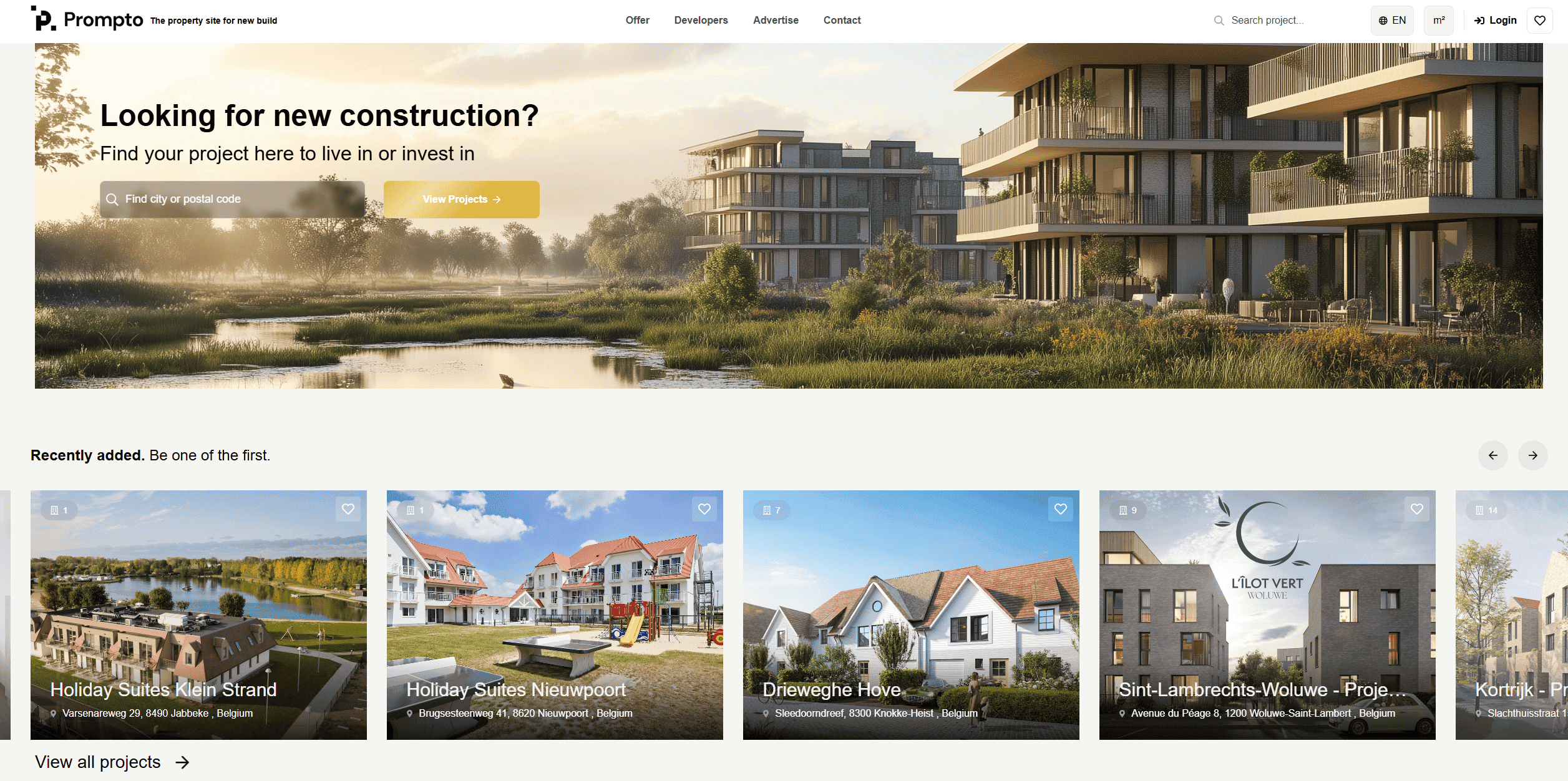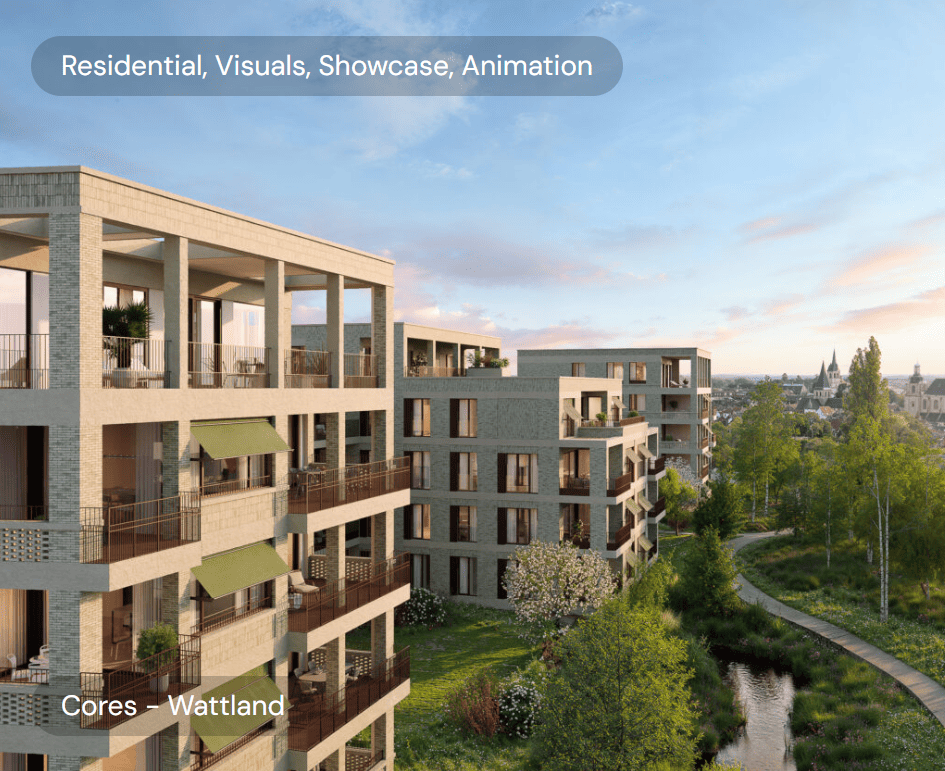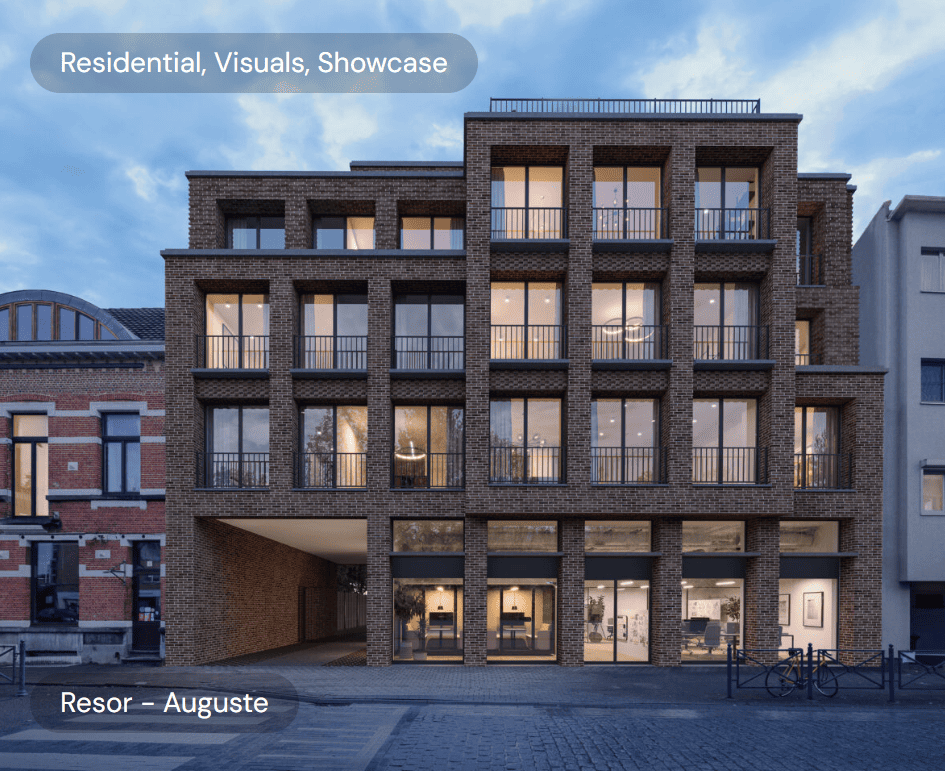Prompto is a Belgian technology company headquartered in Ghent that provides digital solutions for real estate sales. Its platform combines 3D configurators, virtual tours, and project management tools to help developers and real estate professionals showcase new constructions.
The system relies on structured product and material data to consistently present finishes, layouts, and options across multiple projects. Prompto’s platform is used by real estate companies throughout Europe to manage projects, track buyer interactions, and support sales processes.
The platform also enables the reuse of configurable real estate elements across different projects and supports integration with real estate marketing and CRM tools to optimize data flow and improve project management efficiency.
Using PIM for Scalable and Accurate Real Estate Visualizations

Challenges
Prompto faced several key challenges in managing their complex real estate product data:
Scattered Product Data: Information on flooring, fixtures, finishes, appliances, and furniture was stored in multiple spreadsheets and tools, causing inconsistencies and tracking issues.
Data-Heavy Visual Content: Linking products to 3D assets, technical specs, pricing, and compatibility rules was manual and error-prone.
Managing Many Product Variants: Variations in color, material, or finish were difficult to track, leading to duplication and inconsistencies.
Limited Reuse Across Projects: Reusable materials and finishes had to be recreated for each project due to lack of centralization.
Difficult 3D Integration: Data was not structured for easy export, slowing down integration with 3D visualization tools and limiting scalability.
Goals
To address these challenges, Prompto set out to:
Deploy a Centralized PIM System: Consolidate all product and finish data into a single structured environment for easier management and consistency.
Facilitate 3D Integration: Enable automatic export of structured product data and asset metadata to the visualization engine, reducing manual effort and speeding up deployment.
Optimize Variant and Option Management: Maintain accurate and consistent handling of product variants and configurable options across projects.
Promote Cross-Project Reusability: Build reusable product libraries to efficiently apply finish sets and material configurations to new developments.
Support Collaborative Content Management: Provide a unified dataset for visualization artists, project managers, and product teams to work together efficiently and accurately.

Solution
To meet these objectives, a structured Product Information Management (PIM) system was implemented at Prompto. The platform was designed to handle complex product variants, integrate seamlessly with 3D visualization tools, and support scalable content management.
Key solution features included:
Rich Product Data Modeling: The PIM was structured to manage finishes, materials, appliances, and furnishings, linking technical data, pricing, and compatibility rules in a clear and maintainable format.
Asset and Metadata Management: 3D textures, preview images, icons, and other visual assets were directly associated with product entries to ensure accurate representation in configurators.
Reusable Product Libraries: Products and configurable options can be defined once and reused across multiple projects, with contextual customization for pricing or naming where needed.
Structured Exports for 3D Integration: Product data and asset metadata are automatically exported in a format compatible with Prompto’s 3D engine, minimizing manual conversion and accelerating deployment.
Variant and Option Handling at Scale: The system supports clear management of multiple variants, ensuring accurate, consistent presentation across projects and client-facing tools.
Collaborative Content Workflows: Visualization teams, project managers, and product teams can work from the same up-to-date dataset, improving efficiency and coordination.

Results
Central Source of Product Truth: All finishes, materials, and configurable components are now maintained in a single, centralized PIM, reducing fragmentation and redundancy across projects.
Increased Operational Efficiency: Teams spend significantly less time searching for and formatting product data, allowing faster updates and project execution.
Improved Configurator Accuracy: End-users experience more accurate and up-to-date options in 3D configurators, minimizing errors and support inquiries.
Scalable Reuse Across Projects: Structured product libraries enable quick onboarding of new property developments while maintaining consistency and accelerating delivery.
Faster Project Launches: Streamlined workflows and centralized data allow new projects to go live more quickly.
Better Collaboration: Teams across design, visualization, and project management work from the same up-to-date dataset, improving coordination.
Enhanced Data Quality: Validation and completeness checks ensure accurate, consistent product information across all projects and configurators.
Support for Future Expansion: The PIM system provides a foundation for integrating new tools, platforms, or digital sales channels as the business grows.


